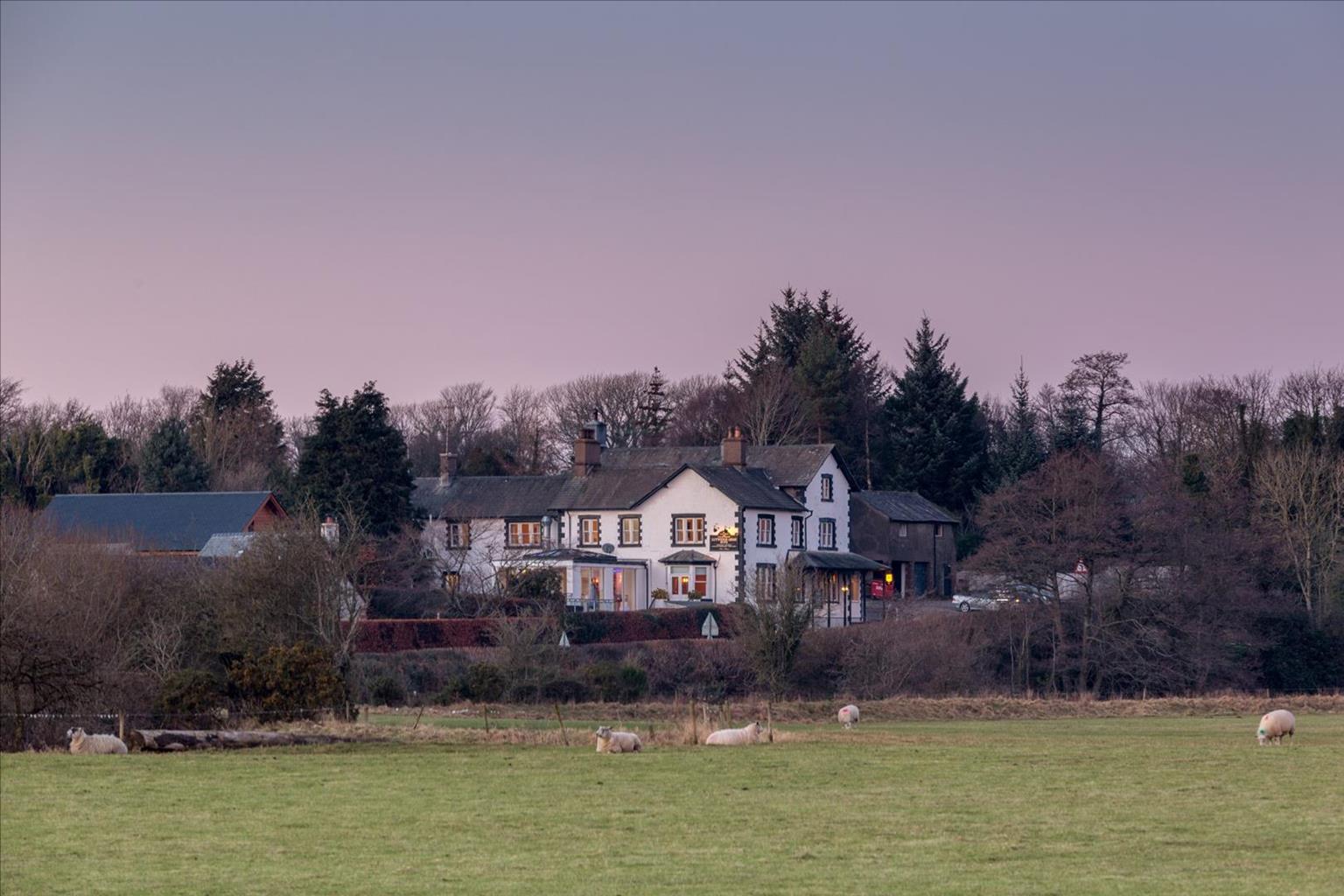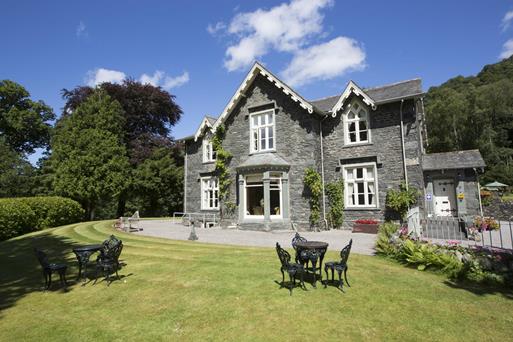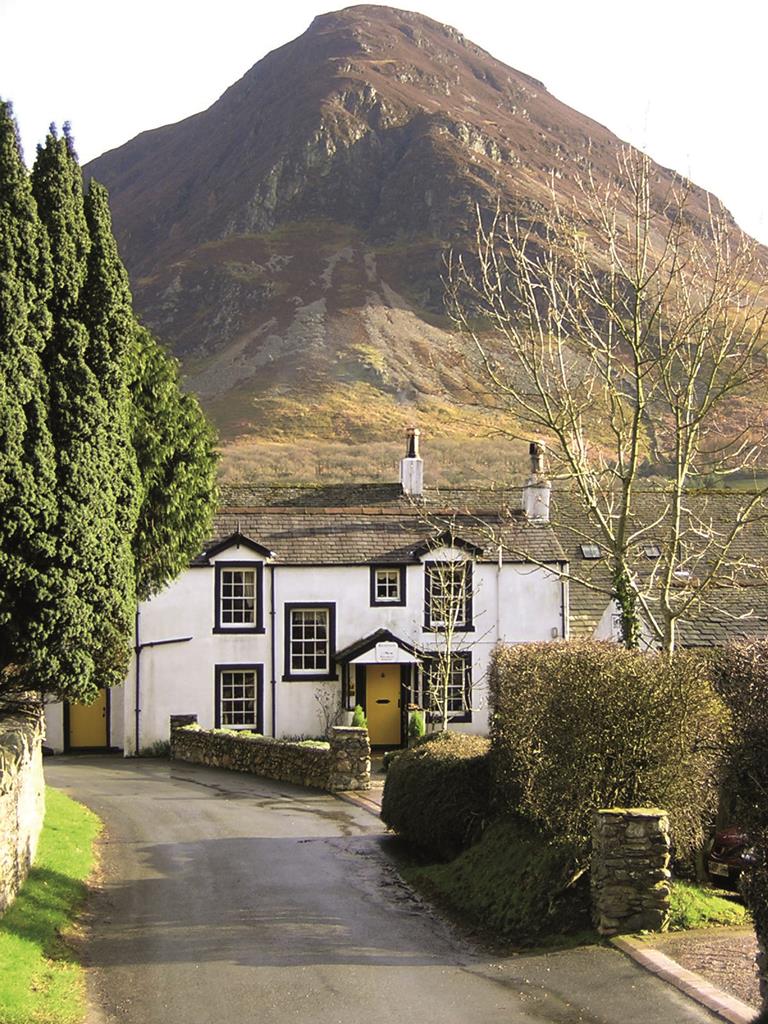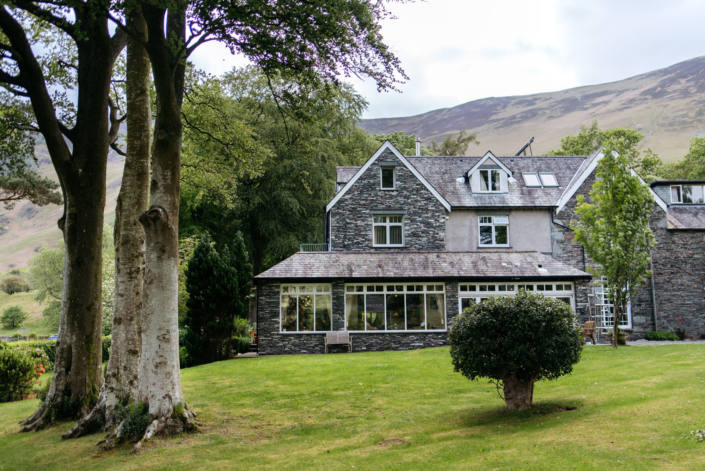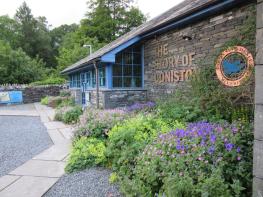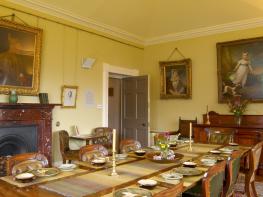The Pennington Hotel has a prominent location in the coastal village of Ravenglass and offers a…
The Roman Port

Discover the surprising Roman legacy in the Lake District National Park’s only seaport.
3 miles (4.8kms)
About the walk
Background
Ravenglass doesn’t feel like a thriving port. Its single main street ends at an ominous looking floodgate, and the pretty houses have names like the Old Bakery, the Old Reading Room and the Old Butchers. The last tall-masted cargo ship sailed into the bay in 1914, and most visitors who come here, perhaps on ‘La’al Ratty’ from Eskdale seem surprised to see the sea at all. The Lake District isn’t really about coast after all.
The Romans
But wind back the clock nearly 2,000 years and things are very different. In ad 78 or 79 General Julius Agricola was here contemplating the next steps in his Imperial conquest of the islands. Across the Irish Sea, there were unknown tribes, certainly hostile to Rome’s expansion. Across the Solway, too, the legionaries’ progress looked threatened. Here on the tidal river bank, sheltered by the ever-shifting dunes on the seaward side, he built a hasty fort of earth and timber, leaving its day-to-day control to a garrison of Germans. Glannoventa – ‘the town on the river bank’ – grew in stature. As Hadrian asserted his control on Rome’s northern frontier 50 years later, the fort was expanded to an impressive 3.6 acres (1.5ha) and formed the last outward face of a vast new barrier, which stretched all the way to the east coast at Tynemouth. Inland, the Roman road named the 10th iter ran up Eskdale to the eyrie-like garrison fort at Hardknott, then over the fells to Ambleside, Kendal and the main roads to the south.
Bath House
By ad 300 there was an extensive vicus, or town in the lee of the fort and, at its eastern corner, it boasted a state of the art bath house, complete with hypocaust underfloor heating. The four principal rooms of a Roman bath – the laconium steam room, the tepidarium for essential oils, the scalding hot caldarium and the icy plunge of the frigidarium – can all be found in a modern spa resort and they were all here. What’s really remarkable, though about Glannoventa’s bath house, is that 1,700 years later, it’s still there, in a corner of woodland, by a farm track near the railway line. Shown on modern maps as Walls Castle, the remarkable remnants stand up to 12ft (3.7m) high and even bear traces of their original plaster. A niche stands out on one wall, where once a statue of the emperor or the goddess Fortuna would have watched over the bathers. It’s a remarkable survival from a distant age. Of the fort itself there is little to see. Over 90ft (27m) has been lost to the ever-changing course of the estuary and the sea. The engineers of the Whitehaven and Furness Junction Railway were no more respectful, so the railway line cuts the remaining fort in half, and the passage of time and undergrowth conceals the rest.
Walk directions
Leave the car park by the top-right corner, signposted ‘Roman Bath House’. Cross the railway bridge and pass the station complex and children’s play area on the left, following the snickelway beyond to a gate. Through this turn immediately right along a lane. Soon pick up a path on the left running parallel with the road, waymarked 'Muncaster'.
You will shortly arrive at the Roman Bath House. Very little is visible of the Roman fort. Continue beyond the Bath House, keeping left at a junction with the signs for Muncaster. Stay on the main track as it winds round towards the farm buildings at Newtown. Ignore signs off to the left, but continue round the back of the farm buildings and on through a gate to a gateway in the boundary wall of the castle park.
Bear right through this along a muddy track, keeping the wall on your right as you skirt round the foot of Newtown Knott. (Newtown Knott is open access land so you can scramble to its summit if you have the time.) On the far side of the Knott, keep right, descending to a large gate in the wall. Walk down the field heading for a kissing gate at the bottom beyond a clump of gorse. Through this continue into the woods to a junction. Turn left then right, by a Cumbria Coastal Way sign, which should have a current tide timetable on the back.
Observe the warning notices about high tides here, and if it is safe to proceed walk out through the gateway on to the marshy foreshore of the Esk estuary. Turn right and follow the marshside path as it winds in and out of rushes and over little streams, finally straightening to pass under a railway bridge. On the other side continue round the corner, with the estuary now deepening and the spit of land supporting the Eskmeals dunes narrowing your horizon. Stay at the head of the beach passing another railway bridge and ignoring the track that goes through it.
About 200yds beyond, climb a flight of steps up the bank to a level, grassy area, where some benches boast fine views across the estuary and dunes to the open sea beyond. The path descends back to shore level. Now follow the track in front of the houses to reach the floodgate at the bottom of Ravenglass’s main street. Turn right here and walk up the street, turning right at the Pennington Arms to return to the car park.
Additional information
Road, grassy paths and tracks, some very boggy
Tidal marsh, foreshore woods and fields
One field grazed by sheep, otherwise suitable for dogs
OS Explorers OL6 The English Lakes (SW)
Ravenglass village pay-and-display car park
At car park
<p>The foreshore section of this walk may be impassable for up to 2 hours either side of high tides. Check tide times locally, on the BBC Cumbria website or on online UK tide tables</p>
WALKING IN SAFETY
Read our tips to look after yourself and the environment when following this walk.
Find out more
Also in the area
About the area
Discover
Nearby stays
Restaurants and Pubs
Nearby experiences
Recommended things to do
Why choose Rated Trips?
Your trusted guide to rated places across the UK
The best coverage
Discover more than 15,000 professionally rated places to stay, eat and visit from across the UK and Ireland.
Quality assured
Choose a place to stay safe in the knowledge that it has been expertly assessed by trained assessors.
Plan your next trip
Search by location or the type of place you're visiting to find your next ideal holiday experience.
Travel inspiration
Read our articles, city guides and recommended things to do for inspiration. We're here to help you explore the UK.

